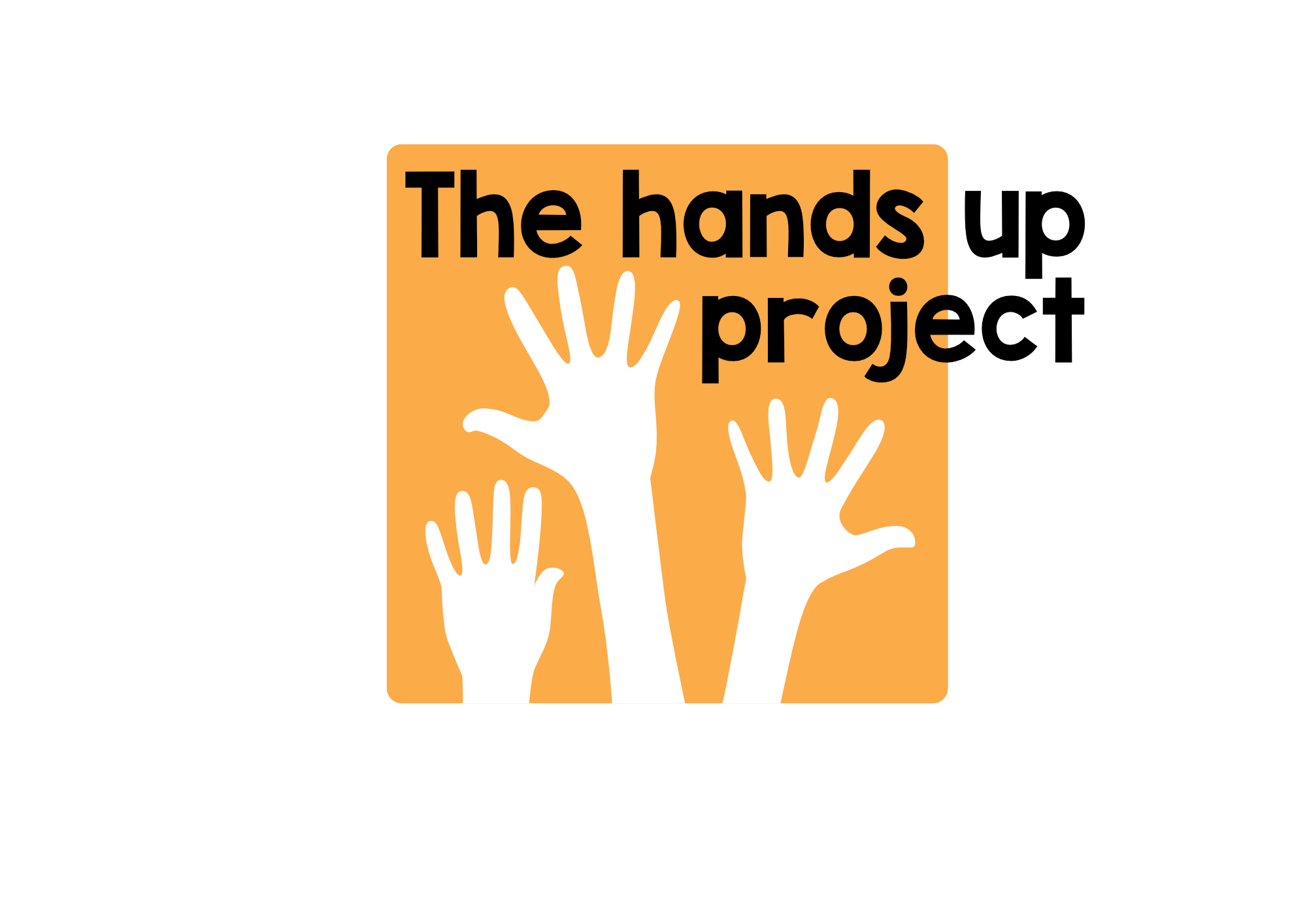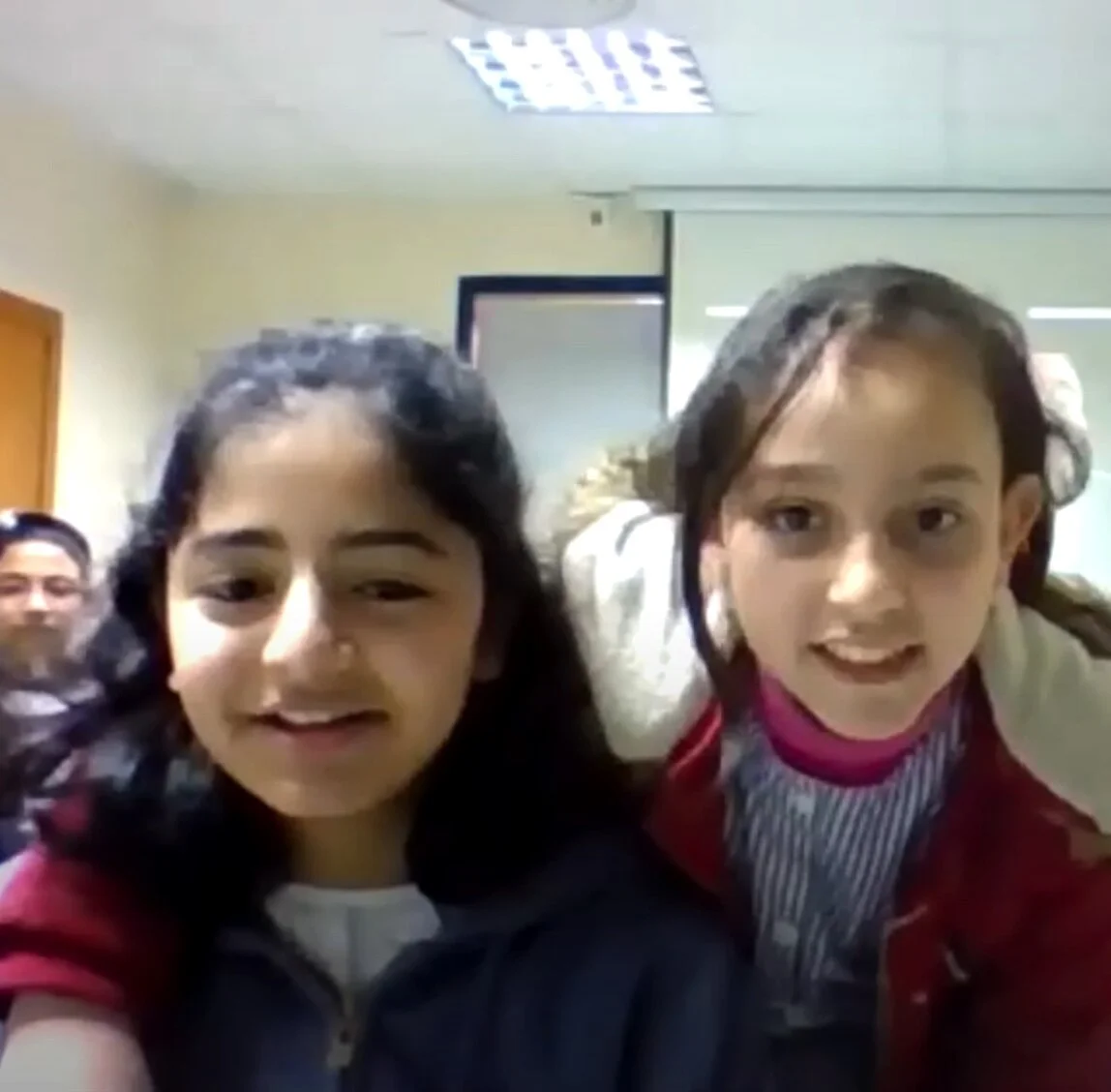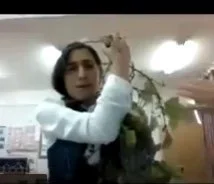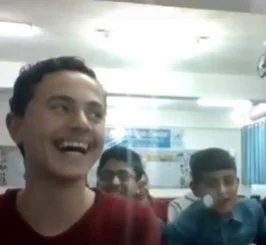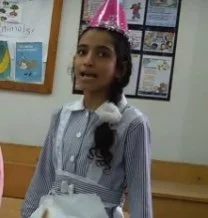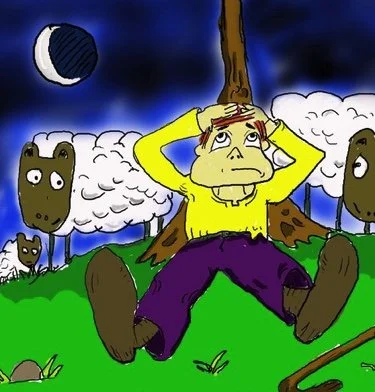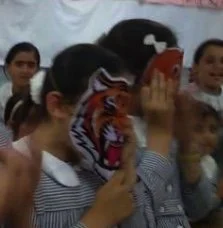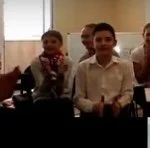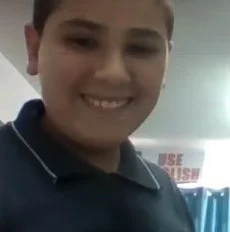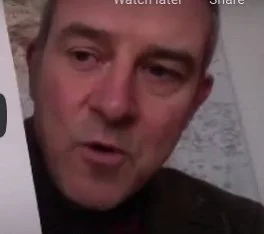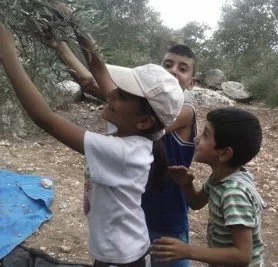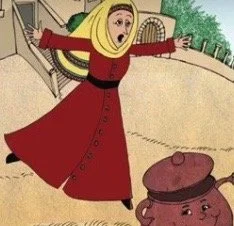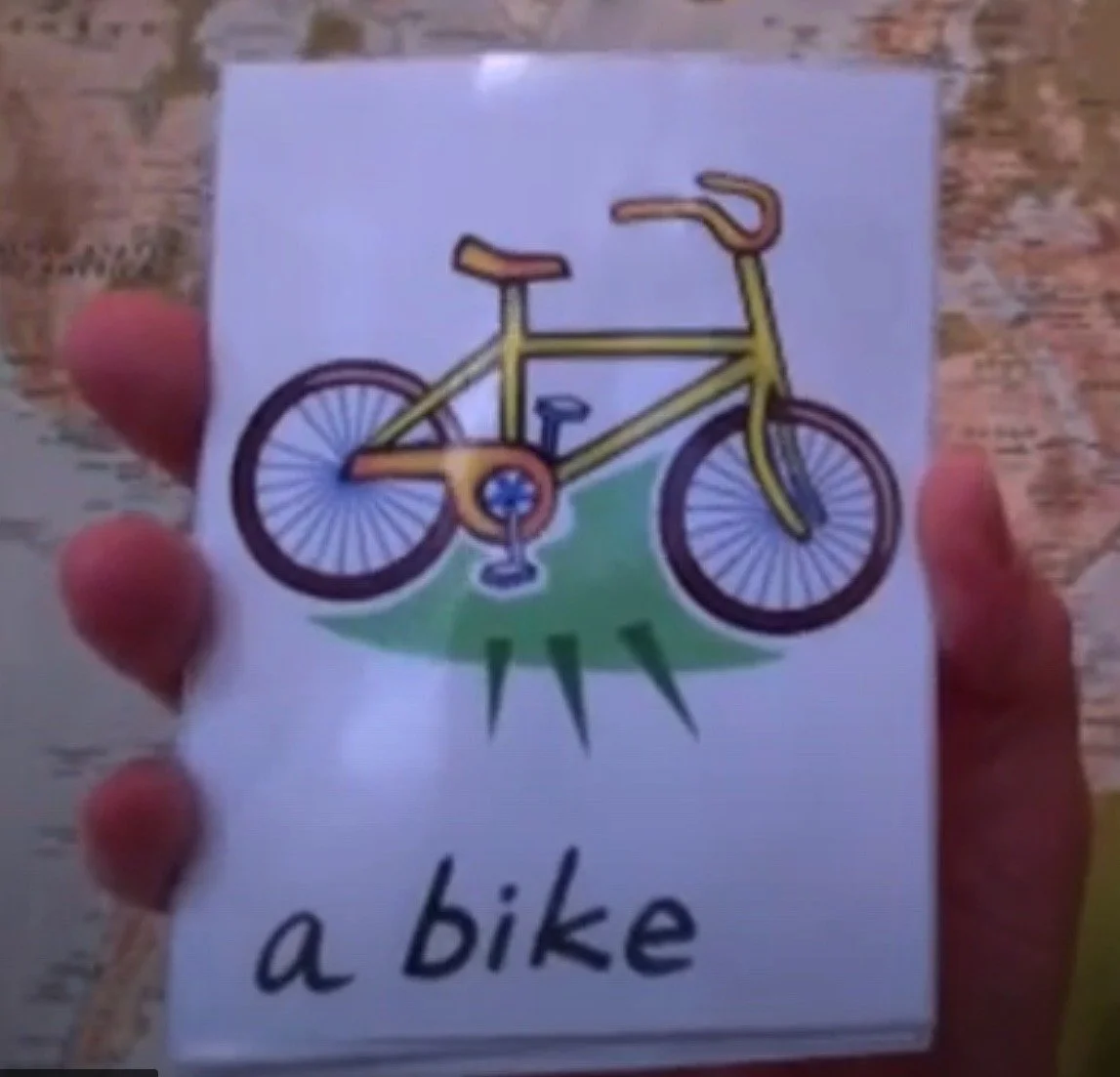If you go to this playlist on youtube you'll find lots of ideas for things that can be done in online sessions with the young people that we serve. But there aren't so many examples there of whole 45 minute or one hour sessions (apart from this brilliant example by Alex and Sahar) Our new volunteers understandably have lots of questions about what a whole session might look like?
Read MoreIn previous posts on this blog, I've written about the importance of activities which combine controlled and freer language use; the kind of thing where learners get repeated, controlled practice of areas of language, but also where they have opportunities to use language to share their opinions and personalities with the people around them - what we might call genuine communication.
Read MoreThe other day I found myself suddenly having to cover an online session in Gaza because I'd forgotten that one of our volunteers wasn't able to make it. I didn't have any specific plans so I began by asking the boys what they would like to do in the session
Read MoreI've always been very keen on information gap activities; the kind of thing where students work in pairs and where one student has one set of information and the other student has a different set and they have to communicate to somehow pool what they know. The classic example of this is 'Spot the differences'.
Read MoreWe have another guest post this week - this time from not just one teacher but two! Alexandra Guzik, teaches English at the Follow me to English school in Krasnodar, Russia and Sahar Salha teaches at the Elementary co-ed “A” UNRWA school in Beit Hanoun, Gaza. This post is about a really nice cross cultural learning experience that they set up through the Hands Up Project.
Read MoreDespite all the hype about learning styles in recent years, it's a well known fact, backed up by research, that our ability to remember images outperforms our ability to remember other forms of data, such as written words, sounds, or smells. In one study, cited in Medina (2008), people were shown 2500 different images - each one for just 10 seconds.
Read MoreThe difference between theatre and classroom drama is that in theatre everything is contrived so that the audience gets the kicks. In the classroom, the participants get the kicks.'So how can second language learners benefit from performing in a play?
Read MoreLast Saturday we had a rather special zoom meeting between Sahar Salha's class at the Elementary co-ed “A” UNRWA school in Beit Hanoun, Gaza and Alex Guzik's class of kids in Krasnodar, Russia.It started with the Russian children performing their own excellent interpretation of the traditional Palestinian story, The Farmer who followed his dream.
Read MoreMost of what I'm doing in my online sessions with kids uses material from here but this week I want to focus on something a bit different. One area of storytelling that I haven't really looked at so far with these posts is working with picture books. With very young learners especially, I've often felt that if all teachers ever did was tell their kids stories from these books, then something very useful would be going on.
Read MoreDrilling is often criticised for being an old fashioned, teacher controlled activity with minimal cognitive challenge for learners. But the central idea behind it – that of pushing learners to process and reproduce a stretch of spoken language after a model from a more advanced speaker - can, in my opinion, be a very useful component of good teaching.
Read MoreEndings are tricky for me. When I get to the end of telling a story, I can feel quite uncomfortable, and I'm never really sure whether to just pause, or to say something like 'And that's the end of the story' or 'And they all lived happily ever after'.When we're using stories for language teaching (or indeed for any other purpose) that could be all that is necessary of course; we could just leave the story to do its work on its own.
Read MoreWith rather limited success, I've been trying to learn Levantine Arabic, and over the past year I've probably had about ten one-to-one classes with a Jordanian friend who lives here in Totnes. Saif is an excellent teacher. One thing I particularly like is that he allows me as the learner to control the content of what we talk about in the classes, whilst he supplies me with the language I need to express the things I want to say.
Read MoreI've just come back from a very fulfilling week in Occupied Palestine, running a course called, Teaching English through Stories with a group of teachers from Gaza, Hebron and Ramallah.
Read MoreKamishibai, literally ‘paper theatre’, is a form of storytelling that originated in Ancient Japan. It became very popular in the twentieth century when the Kamishibai man would travel around on his bicycle with a set of brightly coloured images to go with each of his stories. As he told the story to groups of eager children, he would show the pictures that went with it, one by one.
Read MoreHere’s a simple activity that we did with a group of kids from the Jabalia refugee camp in Gaza. They were divided into a girls’ team and a boys’ team. I showed each team a series of 10 flashcards and asked one person at the front to try to remember as many of the words as possible.
Read More